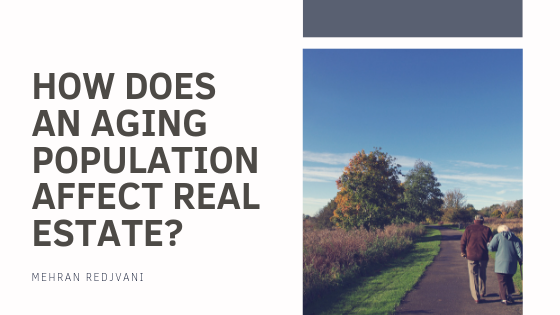By the year 2050, almost 20% of the population will be over the age of 65. One out of every three households will be lead by a senior citizen. This significant increase will have large impacts on the way people live, shop, and entertain themselves.
The demographic shift is already having a profound impact on society and the cities in which individuals live. It is believed that by 2030, all major urban cities will see an increase in their senior population and will have to adapt and develop short and long-term strategies to respond to these changes adequately.
Nursing & Retirement Homes
Senior living is already experiencing significant changes. Gone are the nursing homes that housed individuals like patients in a hospital. As the population grows, the trends are moving away from the more traditional style nursing home environment. Now, these individuals are living in their own spaces, participate in daily activities, and eat their meals in cafeteria-style spaces.
Multigenerational Living
As the population ages and seniors look at their living situation options, many are opting for multigenerational living situations. Multigenerational living houses one or more generations in the same property. This is a common trend in other cultures but is only now happening in North America. Multigenerational living helps with increasing housing costs, childcare costs, student loan debt, the need to take care of aging or elderly parents and grandparents, and the overall level of debt some individuals carry.
Multigenerational New Development Opportunities
With the increase of multigenerational families living under one roof comes the need for new living environments. Before a parent or grandparent would take over the spare bedroom, but new designs have builders seeing a shift in senior living accommodations. NEXT-GEN home design was introduced in 2012 and provides families privacy, separation, and their own living spaces. These designs allow for as much or as little interaction as the family desires and have been fully embraced by home builders.
An aging population is affecting the way new homes are built and where seniors are putting down their roots for the rest of their lives. While the shift has been minimal to start, as the population ages, more changes will need to be made.

